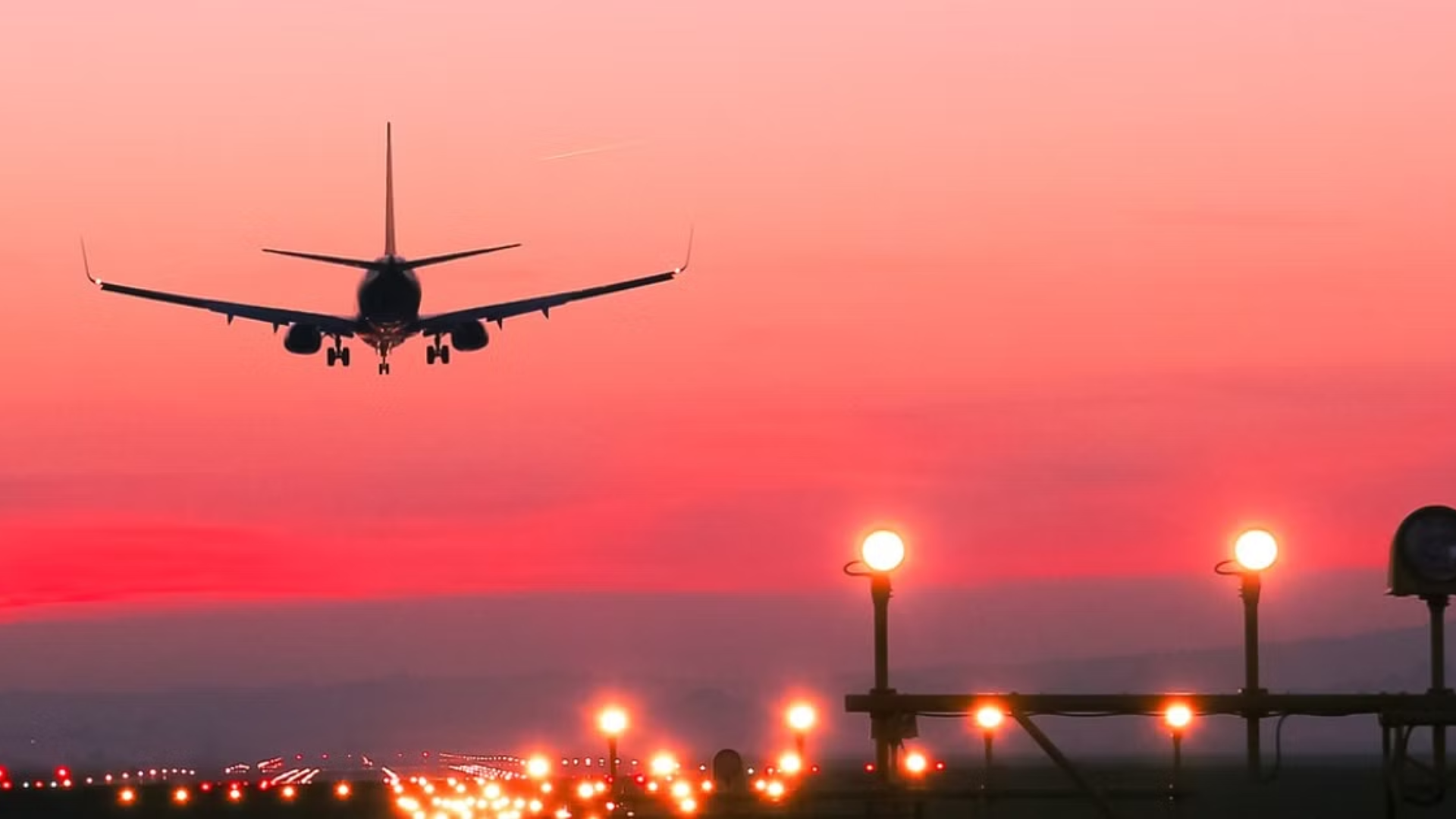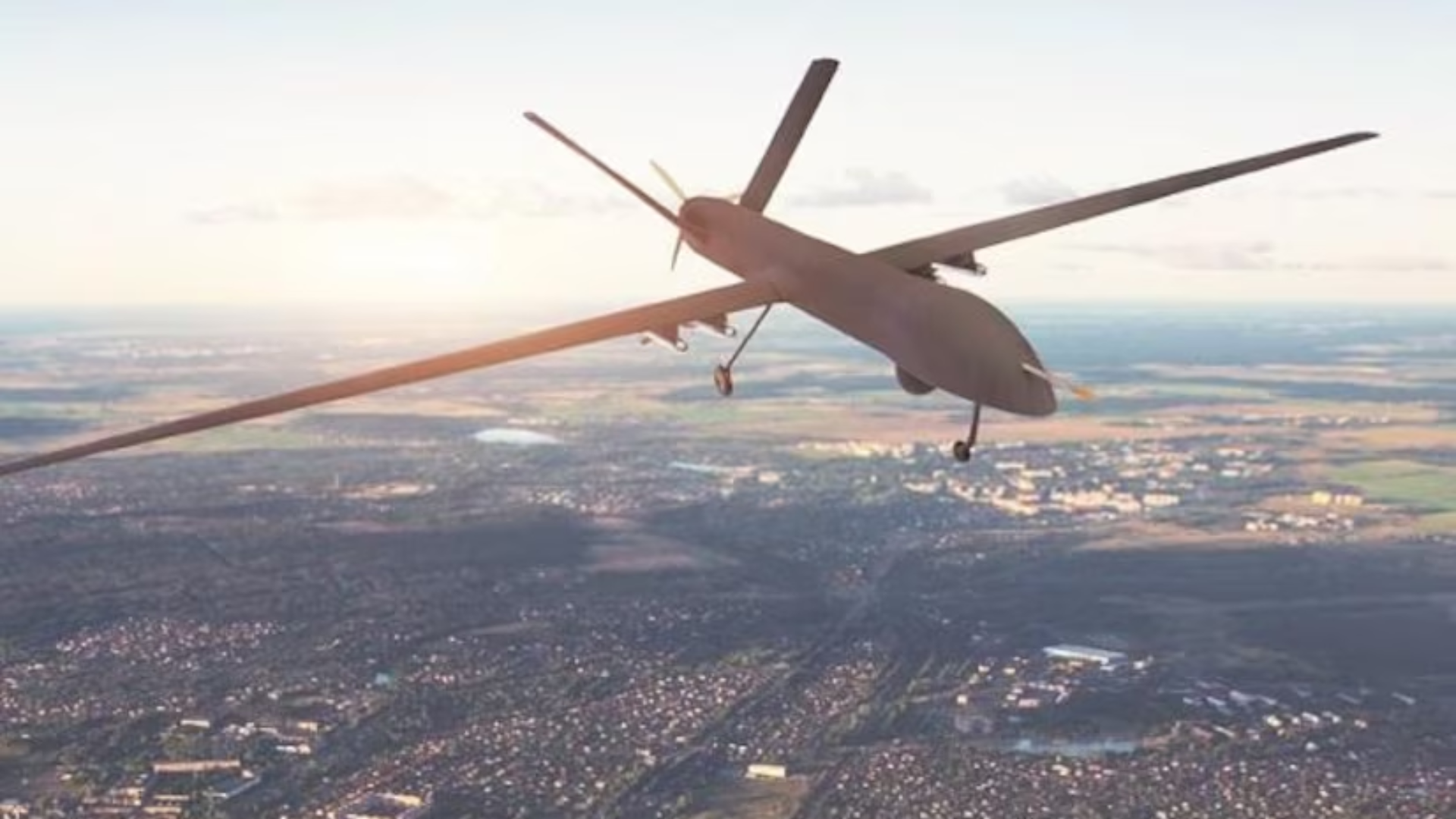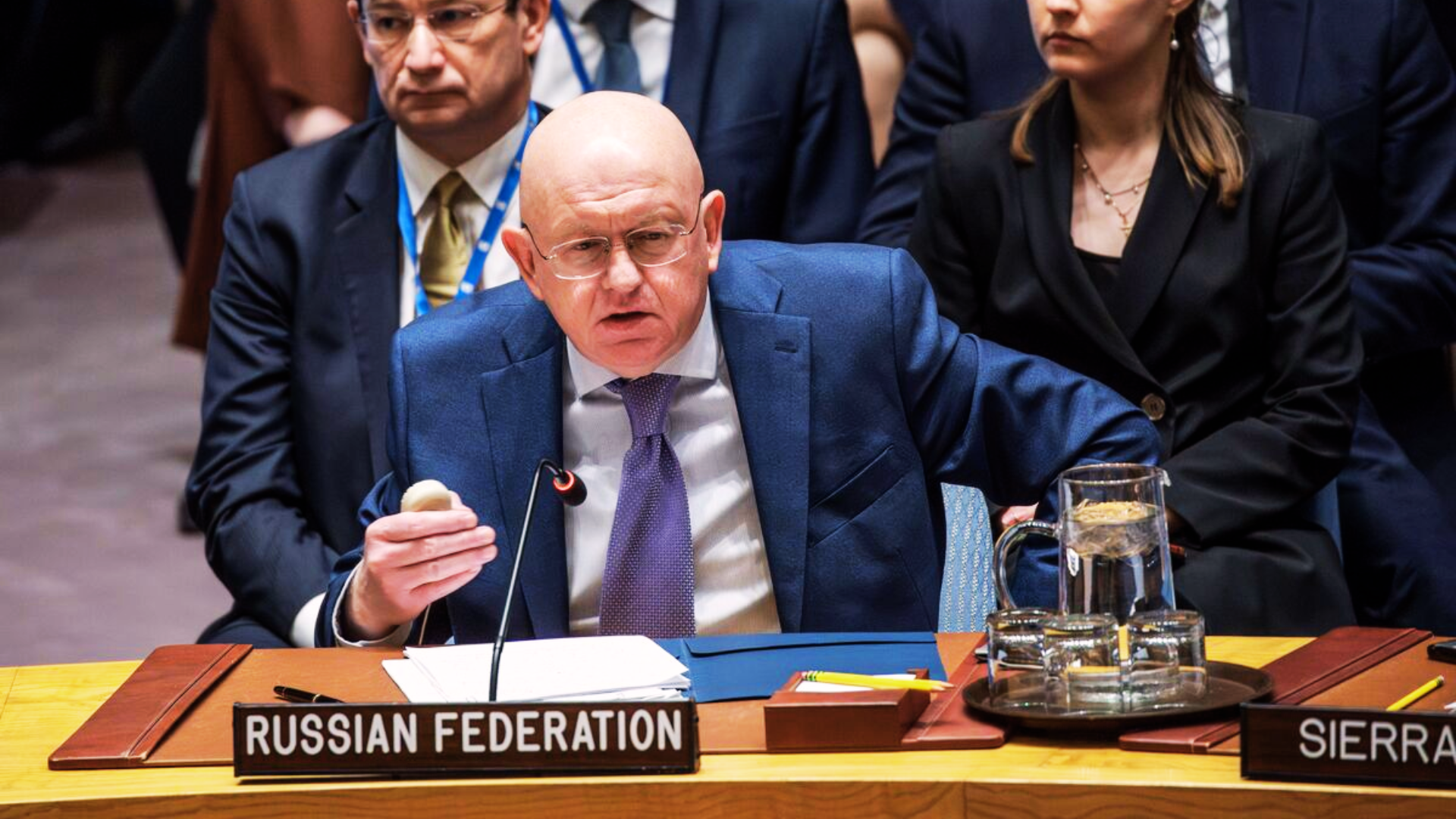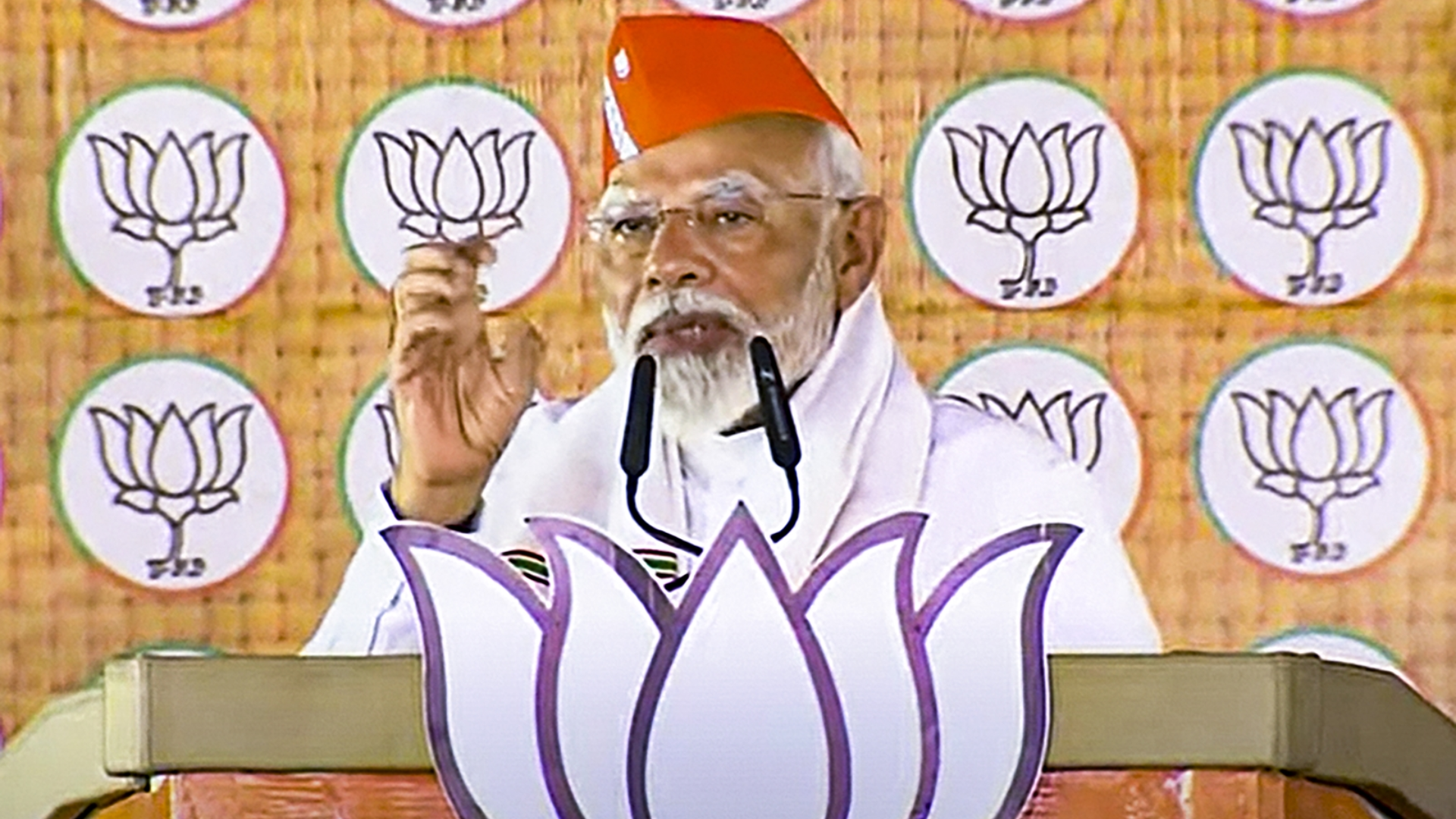










Days after the US enacted an annual defence budget bill authorising up to $10 billion in security aid to the nation for the first time, China conducted its largest military exercises near Taiwan over the weekend since the Taiwan Strait Crisis in August.
According to Taiwan’s defence ministry, 47 PLA aircraft entered the nation’s air defence identification zone in the 24 hours leading up to Monday morning, at least 41 of which crossed the Taiwan Strait median line.
This is the most breaches of Taiwan’s ADIZ, a self-declared buffer zone, that China has committed in a single day since August 5, when Beijing held a week-long exercise in retaliation for US House Speaker Nancy Pelosi’s visit to Taipei. This makes it China’s third-highest total ever.
China has been progressively expanding the size and breadth of its air and naval activities near Taiwan in recent years, with activity increasing significantly since the standoff in August. However, the PLA had not made any formal announcements since August until the drills on Sunday.
According to a statement from the Eastern Theater Command of the PLA, “combined combat readiness patrols and joint firepower strike drills” had been organised by the military. “This is the firm reaction to the present escalation of the US and Taiwan’s collaboration and provocation,” it continued.
After the US Congress considered and enacted unprecedented military support for Taiwan in its annual defence budget package, which US president Joe Biden signed into law on Friday, Beijing dramatically strengthened its military posture.
Fast-tracking of arms sales to Taiwan and up to $10 billion in security assistance over five years are both included in the National Defense Authorization Act.
China expressed its “strong dissatisfaction and uncompromising opposition” to the bill on Saturday, claiming that it had harmed peace and stability in the Taiwan Strait. The lawsuit, according to the foreign ministry, “ignores the facts to inflate a ‘China threat,’ willfully meddles in domestic matters in China, and insults and smears the Chinese Communist party, which are significant political provocations.”
Taiwan’s data indicates that 42 of the 47 PLA planes that flew into the ADIZ were fighter aircraft, with the other planes being early warning and reconnaissance aircraft, one of which was a drone. More over two dozen fighters breached the median line, including near its centre where the strait is narrowest. This is an extremely dangerous manoeuvre that the PLA only seldom employs, usually when Beijing wants to react to actions like top US officials visiting Taipei.
Following the appearance of the NDAA, the PLA intensified some operations that were somewhat unusual, such as an aerial refuelling exercise with fighters and bombers over southern Taiwan last Thursday, an ADIZ incursion by a record 18 bombers on December 13, and fighters crossing the median line on December 8.










